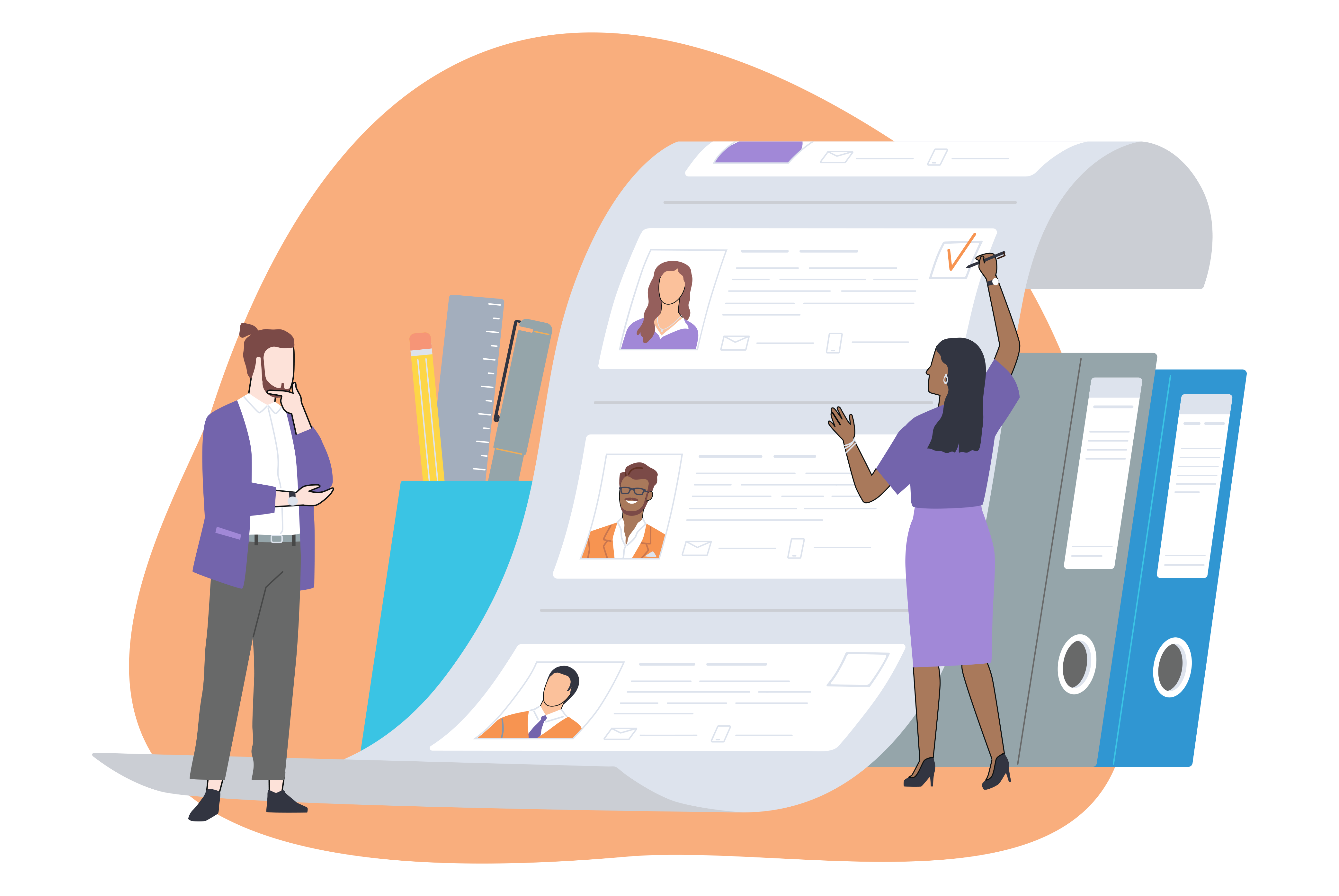Nearly one in five Americans — or 19 million people — live with disabilities, according to the U.S. Census Bureau. Unfortunately, many members of this population cannot consistently participate in the workforce due to various workplace barriers, ranging from employment discrimination to a lack of adequate accommodations.
Fortunately, businesses can take many simple steps to promote diversity and inclusion of individuals with disabilities in the workplace. Here are some of the key ways organizations can welcome workers with disabilities.
Identify the Physical and Mental Demands of the Job
The demands of a job vary significantly depending on the type of work being performed. Some jobs demand physical strength and a lot of movement, while others are more sedentary in nature. Some jobs involve a lot of travel, while some remote jobs don’t even require the worker to leave their home.
To attract workers with disabilities, make sure your job description makes its physical and mental demands clear. Details to include are:
Specific tasks
Amount of time spent doing each task or type of work
Location
Any physical requirements for completing the task, such as lifting heavy items or standing for long periods of time
Any mental requirements for completing the task, such as problem-solving and decision-making
Advertise Your Job in Disability-Friendly Publications
Seek out workers with disabilities directly by advertising open positions on disability-friendly websites such as abilityJOBS and USAJOBS. These sites offer useful ways to reach larger populations of individuals with disabilities who may be looking for jobs but aren’t able to find the right fit.
Additionally, use a variety of recruitment methods to reach a broader pool of candidates. Consider taking advantage of social media platforms such as LinkedIn and Twitter that have groups or forums where workers with disabilities often congregate.
Make Your Application and Interview Process Accessible
To ensure that your hiring process is fair and welcoming, take steps to ensure your application and interview process are accessible to people with disabilities.
The U.S. Equal Employment Opportunity Commission (EEOC) requires employers to provide reasonable accommodations to individuals with disabilities if they are necessary to perform essential functions of a job. This means that you may need to make adjustments in your application or interview process so that candidates can participate fully.
For example, you should provide accommodations — such as allowing a sign language interpreter in the workplace — if necessary for the candidate. You should also consider allowing applicants with disabilities to take tests or other selection procedures orally or in braille, rather than by hand. If an applicant has difficulty reading questions during an interview, consider providing a written copy prior to the meeting.
Highlight Diversity Within Your Company
When advertising open positions, show that your organization actively seeks a diverse group of employees. Whether in photos and videos, social media updates, or company blog posts, make sure to feature a wide variety of workers — including those with disabilities.
Marketing materials related to current and future positions within the company should highlight the diversity of your team. Include disabled employees on promotional materials like brochures or website landing pages, as appropriate. This will give job seekers with disabilities an idea of how they might fit into working at your organization.
Representation matters. By highlighting team members from all walks of life, you will ensure that existing and future employees can picture themselves making important contributions toward your organization’s mission or goals. At the same time, you’ll be fostering an inclusive workplace environment where everyone feels valued — regardless of race, ethnicity, gender, gender identity, sexual orientation, religion, or disability status.
Don’t Ask About an Individual’s Disability During an Interview
Until a conditional offer of employment has been made, there is no real need to question a candidate about their disabilities. In fact, hiring managers and recruiters should avoid questions related to disabilities in interviews. Instead, the focus should be kept on the individual’s ability to perform the job at hand and the organization’s overall hiring practices.
Do not ask an applicant about a disability until after extending a conditional offer of employment. Even after an offer has been made, only ask about a disability if accommodations may be necessary. If it’s already clear that the person can perform the essential functions of the job with or without reasonable accommodation, there’s no need to ask probing questions about a candidate’s disabilities. You may, however, ask about an applicant’s disability after a conditional offer of employment if you need to know whether they can perform specific job functions.
Consider Tax Incentives
The U.S. government offers employees financial incentives for hiring certain types of workers — many of whom may have disabilities. The Work Opportunity Tax Credit (WOTC), for example, is a federal tax credit available for employers who hire individuals from specific target groups.
The following categories of individuals qualify for WOTC:
Individuals who have been unemployed for at least 60 consecutive days during the one-year period ending on their hiring date
Veterans embers of the military, including reserve components such as National Guard or Reserves, spouses (including same-sex spouses), or widows/widowers of veterans after they have received combat-related special compensation rated at 100% or more
The WOTC can be claimed for up to 40% of the first-year wages and salaries of newly hired employees. Employers must follow specific guidelines to claim the WOTC. For example, job entry must occur during the probationary period, which may be extended by one day for every two days that an individual is employed.
Adapt the Job for Disabilities as Necessary
Once you've decided to hire an applicant who has a disability, it's important to keep in mind that not all people with disabilities require the same accommodations. In fact, some individuals may require no accommodations at all. It's therefore important to determine what accommodations might be needed and which ones aren't necessary — and how exactly you will go about making these determinations.
Some factors that can help you decide what types of reasonable accommodations may be required include:
The nature, duration, and severity of the disability
The specific job duties assigned by the employer
The number of employees employed at your business
The type of workplace environment your business offers, such as office space vs. warehouse
There are many ways to support individuals with disabilities who need accommodations so that they can perform their jobs effectively. If you're hiring someone with a known disability, consider how you might modify the job for this individual. For example, if an employee with limited mobility needs to work from home on a part-time basis, a reasonable accommodation could involve allowing them to telecommute. If an employee has difficulty getting up the stairs or walking long distances, they may need a desk on the ground floor of your building instead of one on an upper level. Another reasonable accommodation would be providing a job coach for an employee who has trouble speaking or understanding language effectively.
Practice Good Hiring Principles
Upholding good hiring principles can be easy, fast, and affordable while simultaneously promoting workplace diversity. Take active steps to embrace your employees with disabilities as part of your organization. One way you can promote workplace diversity is by ensuring that all employees have access to information pertaining to requirements for people with disabilities. This way, it’s not up to people with disabilities to have to explain their needs or rights to their coworkers.
Inclusivity Is Important
The above tips offer a good foundation for hiring individuals with disabilities. Remember, it's important to be proactive about this issue, because the more employers who take steps to create an inclusive workplace for people with disabilities, the more likely we are to improve hiring practices. In turn, this will make these practices fair and open, so we see an increase in employment among this group.
If you've been looking all over for the right candidate to fill a new job opening, consider using Joblist's post-a-job feature. We help businesses with the oftentimes challenging search for locating talent of all kinds by streamlining the process. Give it a try, and let us know your feedback!






